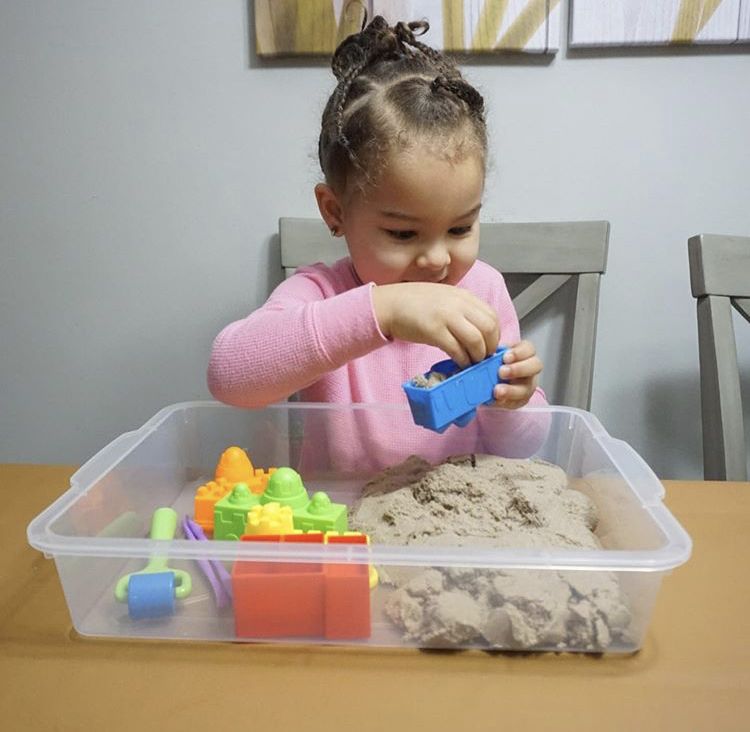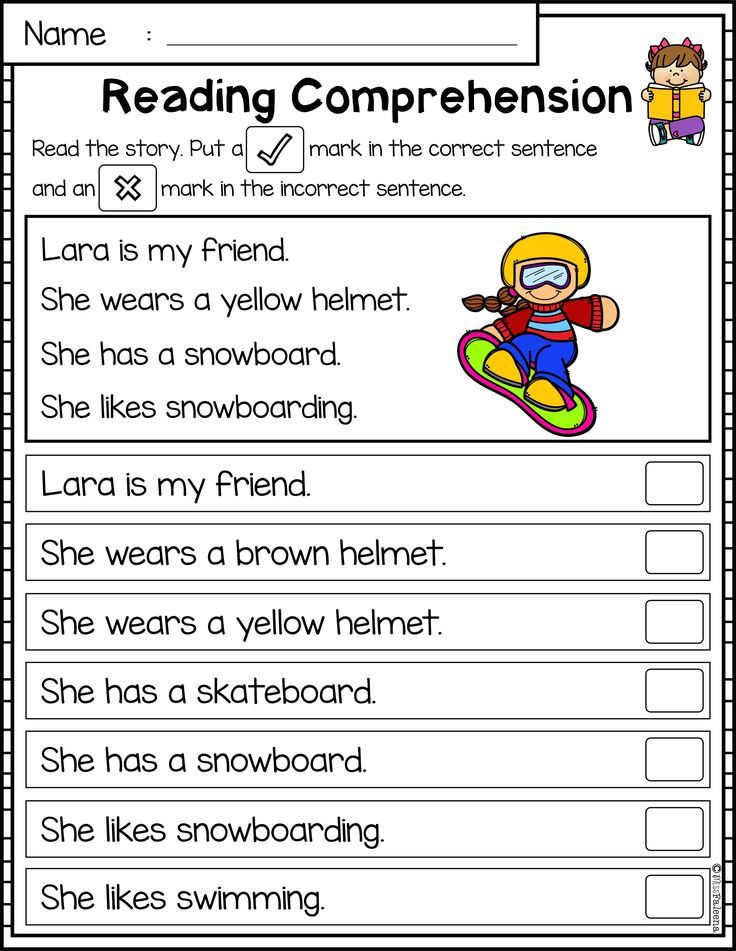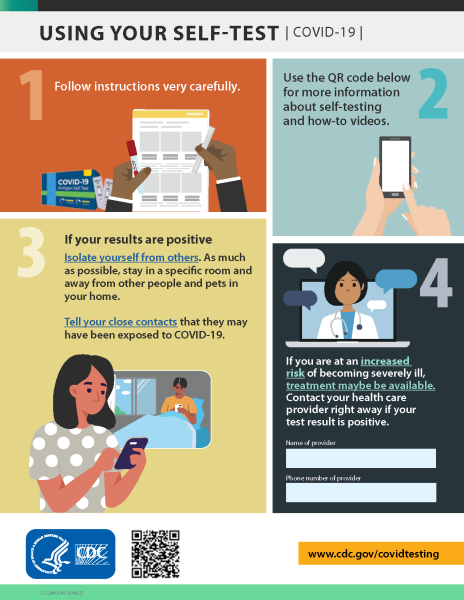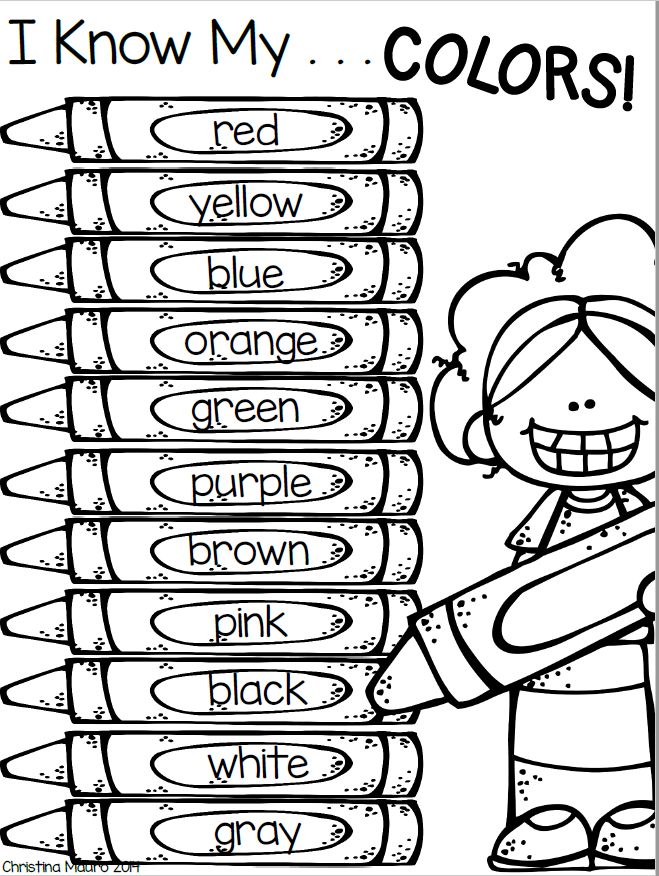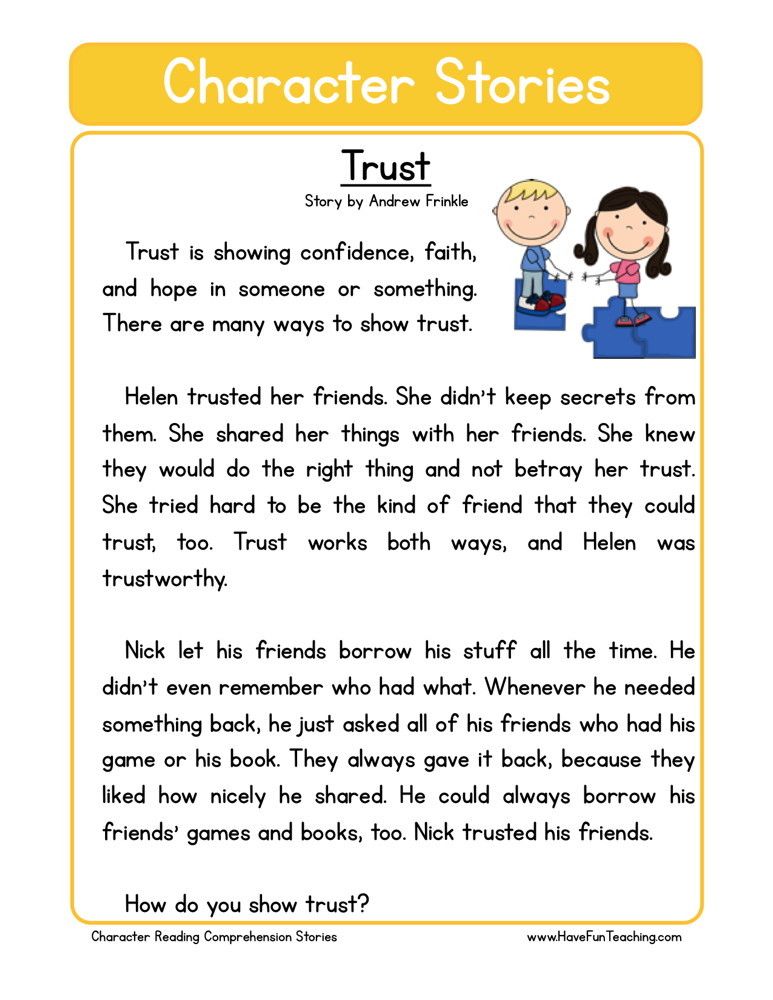How to learn phonics for adults
Phonics for Adults:Teacher Offers Advice and Experience
Phonics for adults is every bit as important as it is for children. That’s because phonics is the basis of reading and writing. I teach adult literacy and have found, in almost all cases, that students have not been taught phonics adequately.
Despairing adults often talk to me about the tragic impact of not being able to read and write. I was so concerned about this that it prompted me to create this website. If you want to know anything about phonics, what it is and how it can be taught, you have come to the right place. I have written many articles about it here.
Gaps In Knowlege Cause Difficulty
In a nutshell, phonics for adults is about the different sounds letters and combinations of letters make when spoken.
Often adults come to me, concerned that they have dyslexia when in fact they haven’t! What has actually happened is that they have missed learning phonics as a child and have developed giant holes in their knowledge. The impact on their lives has been devastating.
Adults with literacy problems devise fascinating methods of covering up their daily struggle with reading and writing. A common trick is that they appear to ‘read’ quickly. What they are really doing is guessing words in the hope that no-one will notice their problem. This means that they develop a habit of reading words incorrectly and this can go unchecked for 40 or 50 years.
Here are some simple words I have heard adults misread because they have not mastered phonics ...
walking is read as waking
chop is read as shop
trouble is read as terrible
Adults who read like this have a little knowledge of phonics but not enough. They learned something at school but for a number of reasons (which I talk about below) their learning stopped.
Other adults I have worked with come to me unable to read seemingly simple words like hat, pet, dip, tot, sun.
Phonics for Adults Unlocks the Code
As an adult literacy teacher, I diagnose what has happened and at what stage in the student's life problems began.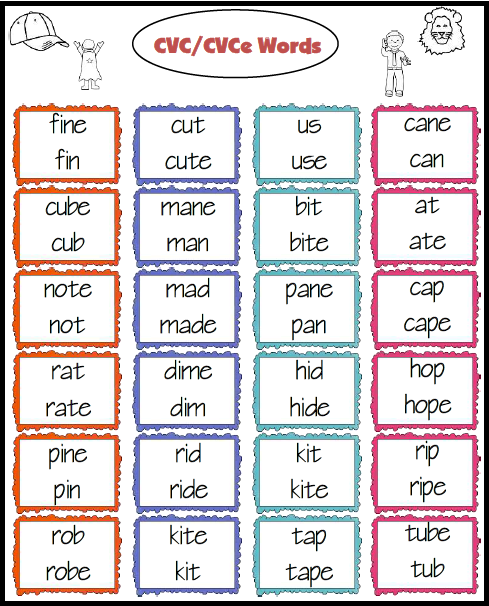
The good news is that most adults make fantastic progress if taught phonics. It is never too late. Students I have taught, who are in their late 50s, have been overjoyed that they can actually read and understand newspapers and books when they thought they never would.
If you are reading this, you are probably trying to help someone who is struggling to read and write later in life. Although your student may appear to have major problems, a considerable amount can be done to help them.
Phonics for adults, while it might seem like a huge step backwards, is the secret.
In a moment I will tell you what I do when I work with an adult who struggles with literacy.
Later you can look around this website at other pages and find out in more detail about the various steps to take and methods to use. You will also find true stories about adults, their struggles and how their lives have been changed by learning phonics for adults.
Find Out What They Know
When adults come for literacy help they always come with some knowledge, but this can often be muddled.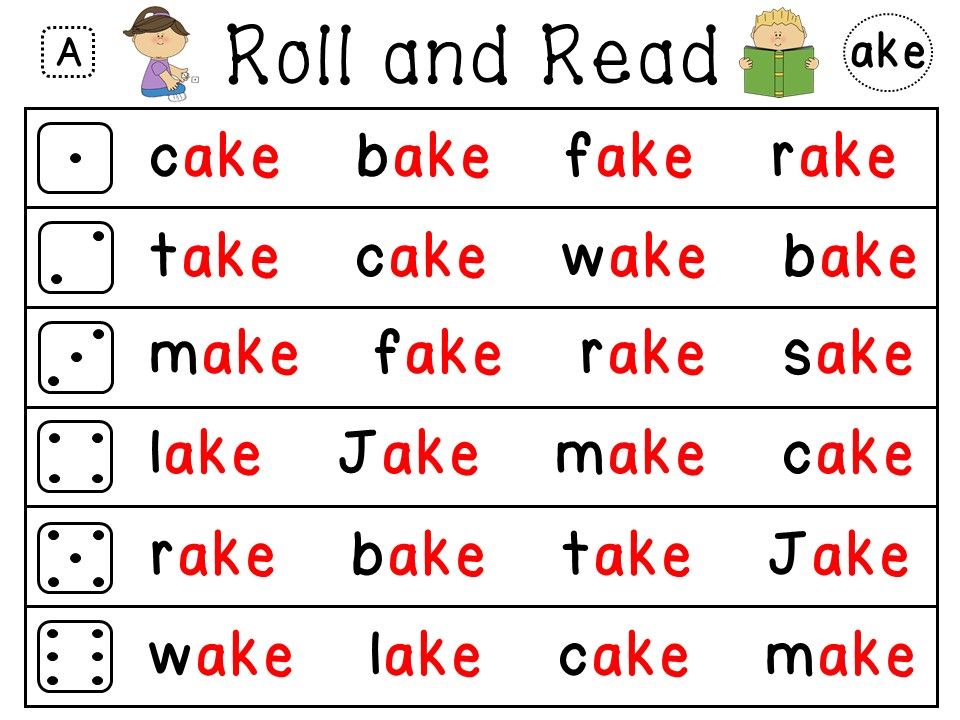 As a teacher, I like to work out what they already know, so that I can decide what is missing and what is confusing them. Then I can fill in those gaps.
As a teacher, I like to work out what they already know, so that I can decide what is missing and what is confusing them. Then I can fill in those gaps.
The majority of adults I have worked with developed problems in their first year of learning to read ... right back at the beginning when they were learning the sounds alphabet letters make. They failed to learn how to correctly pronounce these sounds. By the time they were about seven years old they stopped learning and were distressed.
When I get to work with them I know they need to learn phonics. For adults there are a number of reasons why they haven't progressed. Here are some of them ...
- They weren’t taught to read using the phonics method. In many cases phonics wasn't taught in schools. Instead a 'whole language' approach was being used. You will find more about this in another article on this site which explains the phonics method vs the whole language method of learning literacy skills. A second important article discusses a recent university study that proves a reading recovery program used extensively internationally for over 20 years has failed many learners because it does not teach phonics adequately.
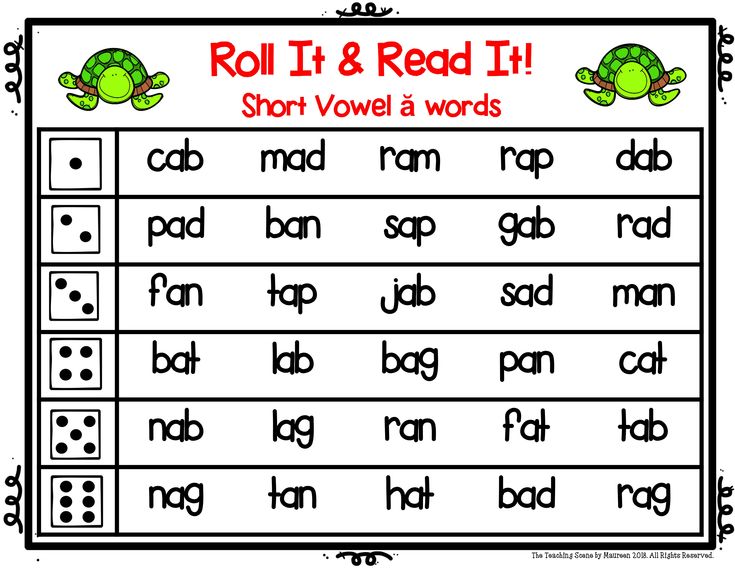
- As children they struggled because they had a preferred style of learning and method of processing information. When the teacher explained information in only one way, they struggled to understand and were left behind. Then they were put into "'special classes" where they felt lost and inadequate.
- On top of that some had disrupted family lives.
- Others had learning dificulties which were overlooked at the time.
Whatever the reason... they were destined to fail!
I am so excited about this website because I didn't know how to teach phonics to adults and you helped me a lot.
Jonathan Zhang (US)
Filling the Gaps
Phonics for adults, almost without exception, starts with how the letters of the alphabet are pronounced.
Most adults know the letter names but often don't know the different sounds those letters make.
So each learner should be tested to see which ones are known and which aren't.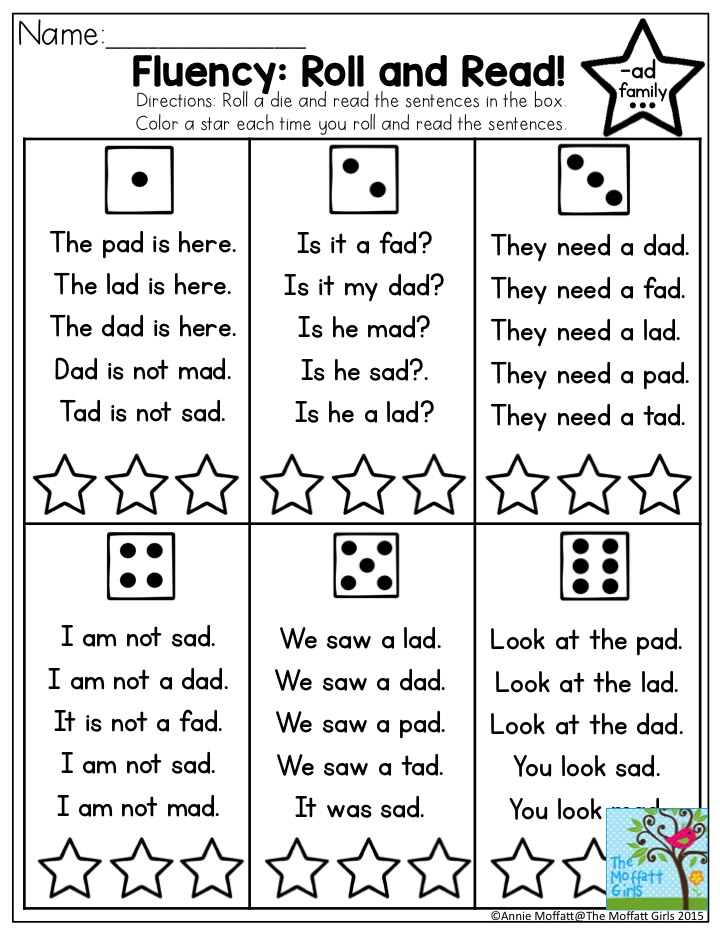 Remember, every adult will be different.
Remember, every adult will be different.
But there are some letter sounds that are particularly difficult. Here are some of them ...
a b c d e g i j n o p q v w u
Some get confused because of the slight differences between sounds ... or because they look similar.
Some examples are...
j and g
f and v
c and s
d p and b
As most words have some combination of the sounds above, you can imagine how crippling it is if adults struggle with them.
Here's one that many adults have trouble with.
Look at the 'a' in the following sentence ...
Here is a hat.
We read it as ... 'Here is 'uh' hat (which is correct.) In most cases it only says 'uh' when it is a single word in a sentence.
But when it is inside a word the letter 'a' makes the sound 'aaa' as in the word hat or 'ay' as in the word save.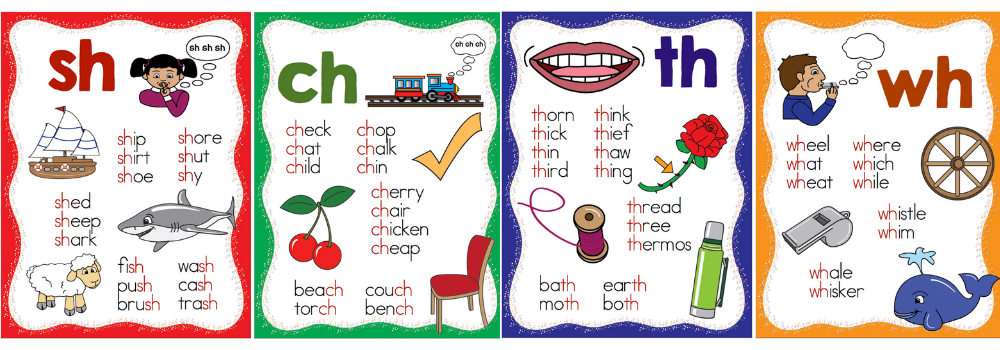
When this is not known, the student reads a word like 'cap' as 'cup.'
When you think of how many times the letter ‘a’ appears in words you realise how difficult this problem makes learning phonics for adults.
The great news is that once these types of problems are eliminated, adult learners can move forward quickly and become capable readers.
For step-by-step help, read the other pages on my site. Much of the material covered, applies to adults as well as children.
it's important to be aware that adults need a particular approach when being retaught. Before you look at other parts of my site for the stage-by-stage details, read my article, Phonics for Adults: Top Tips . There you'll learn the questions to ask and the words to say to encourage your adult learner to open up and trust you after experiencing a lifetime of failure. Only then will they be receptive to learning. Once you have their support they will inspire you.
Go From Phonics For Adults to Teaching Phonics
Go to Teaching Phonics
Learn to Read with Phonics
Adults with poor reading skills often blame themselves for their reading problems.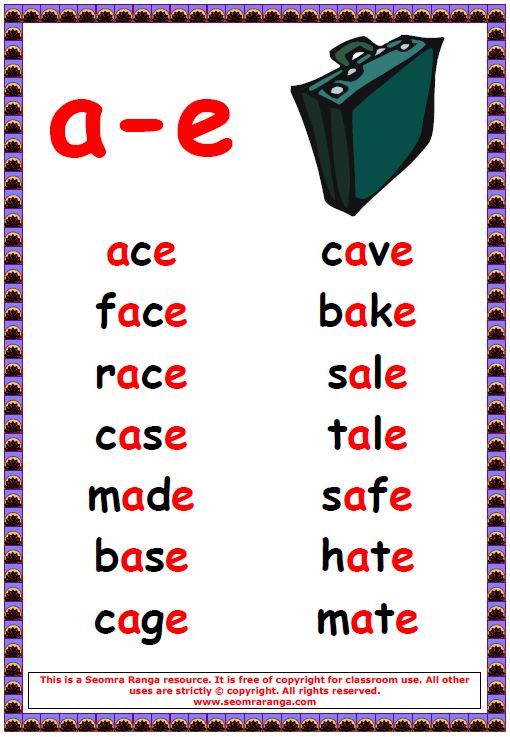 But most people who struggle with reading do so because of the instruction they failed to receive as children. The good news is that it is never too late to become a successful reader and speller. Watch below to find out more.
But most people who struggle with reading do so because of the instruction they failed to receive as children. The good news is that it is never too late to become a successful reader and speller. Watch below to find out more.
Learn to Read and Spell with Phonics
Video Transcript Below
We All Can Read is a step-by-step intensive phonics program designed for older students and adults who never received systematic phonics instruction as children.
I developed this program specifically for students beyond the second grade and all the way through high school and adults as well. In my experience older students who have difficulty in reading, have difficulty in reading because when they were in grades K-2 they did not receive a thorough, systematic foundation in the phonetic basis of our language. And individuals who fail to receive that foundation in the early grades as a matter of general course never receive that foundation.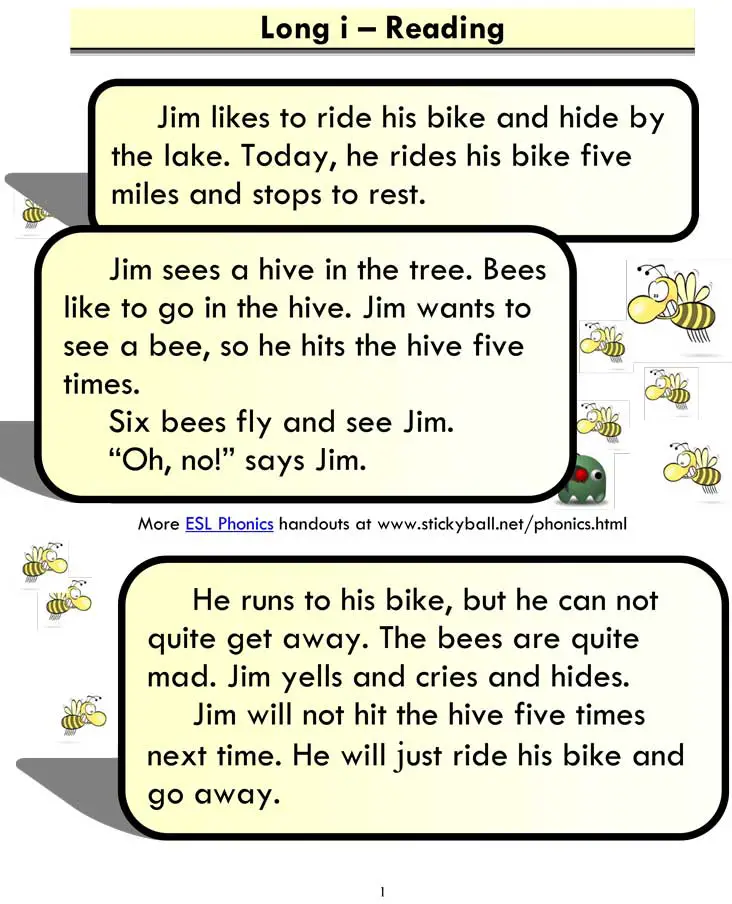 Because once children get beyond the second grade, the schools by and large do not teach phonics in a systematic way.
Because once children get beyond the second grade, the schools by and large do not teach phonics in a systematic way.
Now when I talk about phonics, I am talking about the fact that there is a direct and consistent relationship between letters and sounds in our language. English is a phonetic language, not all languages are phonetic. As an example the Chinese language is nonphonetic. The characters in their language do not represent sounds. But in English we have 26 letters that represent 42 sounds. And from these 42 sounds we construct over a half-million words in vocabulary. English is the largest vocabulary of any language in the world. And we write all of these over half-million words with just 26 letters. The key to becoming a good reader and a good speller is to learn the relationship of letters and sounds in our language. And that is what systematic, intensive phonics is designed to do – to teach you the code which underlies the entire system of reading and writing in our English language.
Now a lot of adults who get involved in this program, and not just adults but older students, have an attitude about phonics that it is a subject that is appropriate for young children, and that in fact that by the time you are beyond a certain age or grade, it is no longer appropriate to learn phonics. Well that is not true at all, but I can understand where people get that misconception because the vast majority of phonics programs were written and developed for young children.
What is unique about this program, or I should say one aspect of this program that is unique, is that from the outset it was written for older students and adults not for young children.
At one point I was an English and reading teacher at an inner-city high school. And I began my whole study into the field of phonics because I had so many students in my high school classes that were behind in reading. And many of these students were bright students, articulate students, and I couldn’t understand why they were having trouble reading words on the page accurately.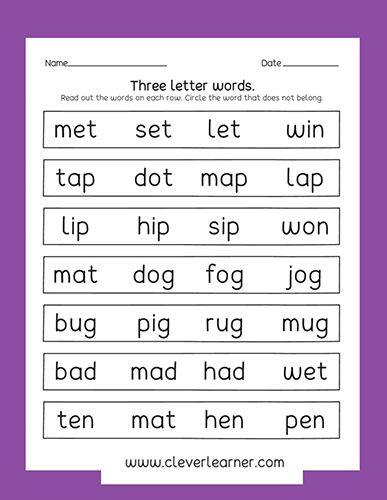
As I began to work with these students more and more I began to understand that the breakdown came because as I alluded to just a few minutes ago, when these students were in early grades, they never received the instruction as to the relationship between letters and sounds in our language. And because of that, they were forced to rely upon memory to learn words. Well memory is a wonderful tool that we have access to; however, not everyone is able to memorize all of the various words that you are going to come in contact with on the page. And in fact the genius of the English language is that you don’t have to.
The key to becoming a good reader is simply by learning the sounds represented by these 26 letters in our alphabet. And when you encounter a word, which is obviously composed of some of those 26 letters, if you know the sounds represented by those letters, you will be able to read those words that you encounter on the page. And not only will you be able to read the words accurately, but if you become proficient in phonics, you will also be able to spell words that you hear pronounced with a very high degree of accuracy.
So I began to realize that my high school students had been profoundly cheated in their lives when they were very young. And yet these very students tended to blame themselves for having poor reading skills. And I have found that is a very common belief among students and adults who have poor reading skills. They tend to feel that the reason that they didn’t learn to read well is because they somehow don’t have the capability to become a successful reader. And that is a very heavy kind of burden for individuals to carry. And one thing I want to tell you is I completely found that belief to be incorrect.
Many students when they have difficulty in learning how to read somewhere along the way in school get a label placed on them as having a learning disability. And that is so hugely unfair because what I have found in the many years that I have been teaching reading and phonics is that almost invariably, students who have poor reading skills have poor reading skills because they weren’t exposed to systematic phonics instruction.
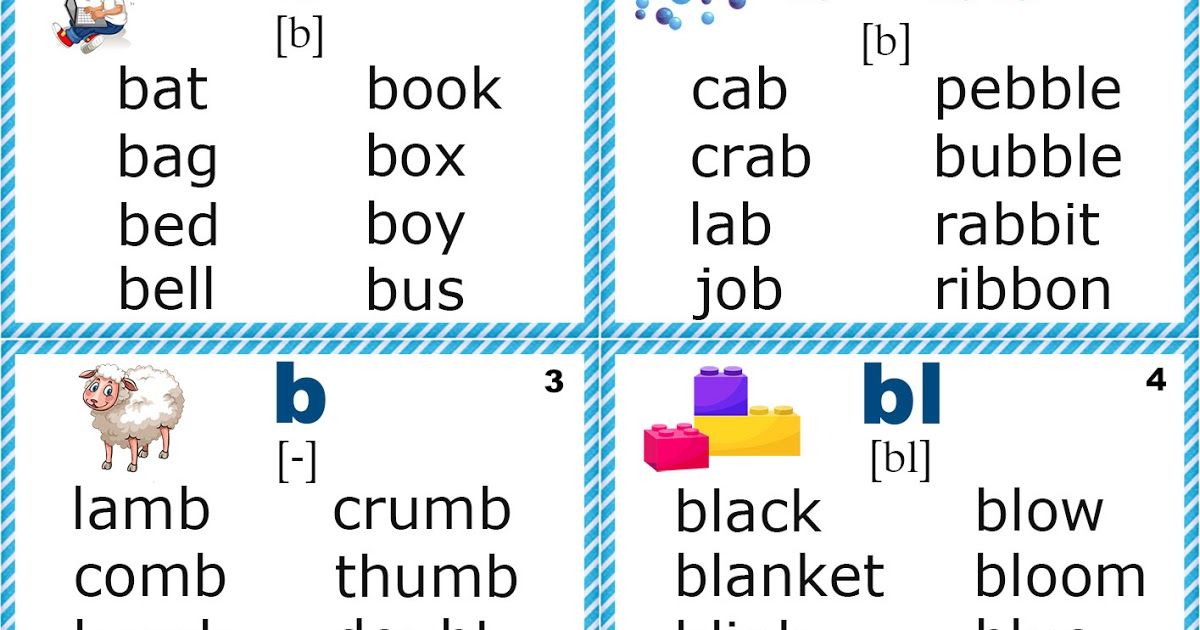
It’s not that they can’t learn to read, it’s that when they were very young they didn’t receive the proper foundation in phonics. And then, as I said, beyond the second grade, most children never receive phonics instruction, or they receive it in an incidental manner, it’s not taught in a systematic way. And so if you don’t get phonics instruction by the second grade, or by the very latest the third grade, most people never get it. And so the tragedy is that millions of people, and I literally mean millions of people in our country alone, have poor reading skills that they will have to deal with for their entire lives because of something they didn’t get at a very young age. That is the bad news.
But the good news is anyone, virtually anyone, can become a successful reader regardless of that person’s age if that person receives instruction in systematic phonics. And that is what this program is designed to do.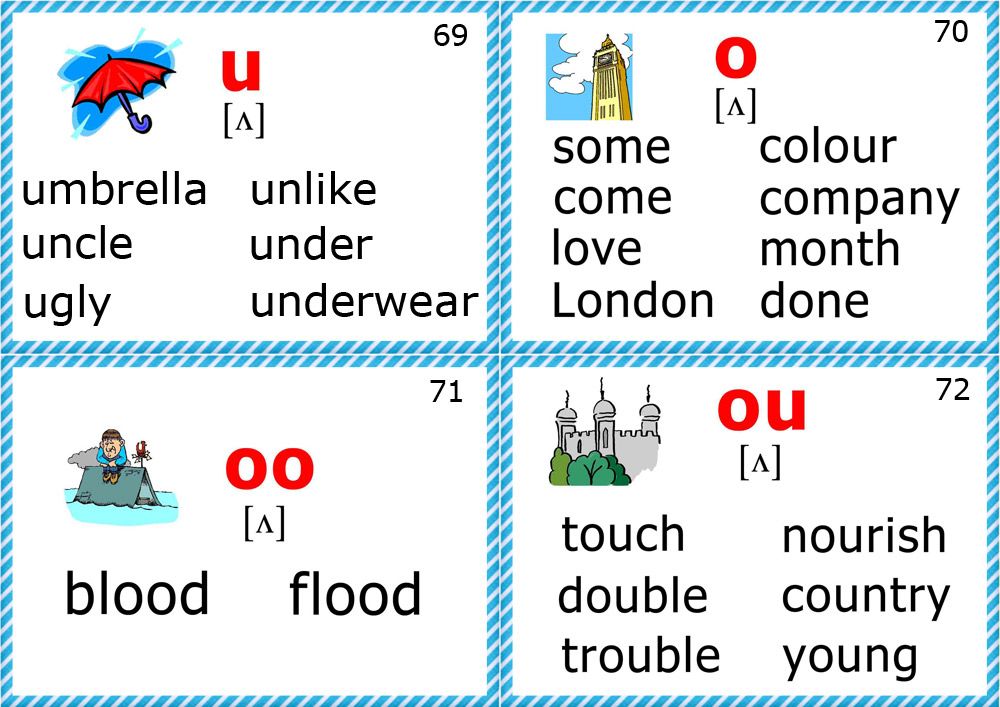 I am going to provide you in a very structured, sequential way with all of the information you are going to need to be able to look at a word, sound that word out, and accurately read the word. Not only that but you will also gain the skills necessary to be able to spell words with a high degree of accuracy. And that is what systematic phonics is designed to do.
I am going to provide you in a very structured, sequential way with all of the information you are going to need to be able to look at a word, sound that word out, and accurately read the word. Not only that but you will also gain the skills necessary to be able to spell words with a high degree of accuracy. And that is what systematic phonics is designed to do.
So what I want to tell you is that if you are an older student, or if you are an adult, and you do have a feeling that phonics is something that is not appropriate for someone at your age level or the grade that you happen to be in at school, I understand why you might feel that way, but I want you to know that this program called We All Can Read is unlike any other phonics program you have ever heard about, and it was from the very outset designed for older students and adults.
And I want to make a promise to you.
If you will follow this program through from the very beginning, the first lesson through to the very end, then I want you to know you will experience profound and lasting gain in your ability to read to spell and to comprehend.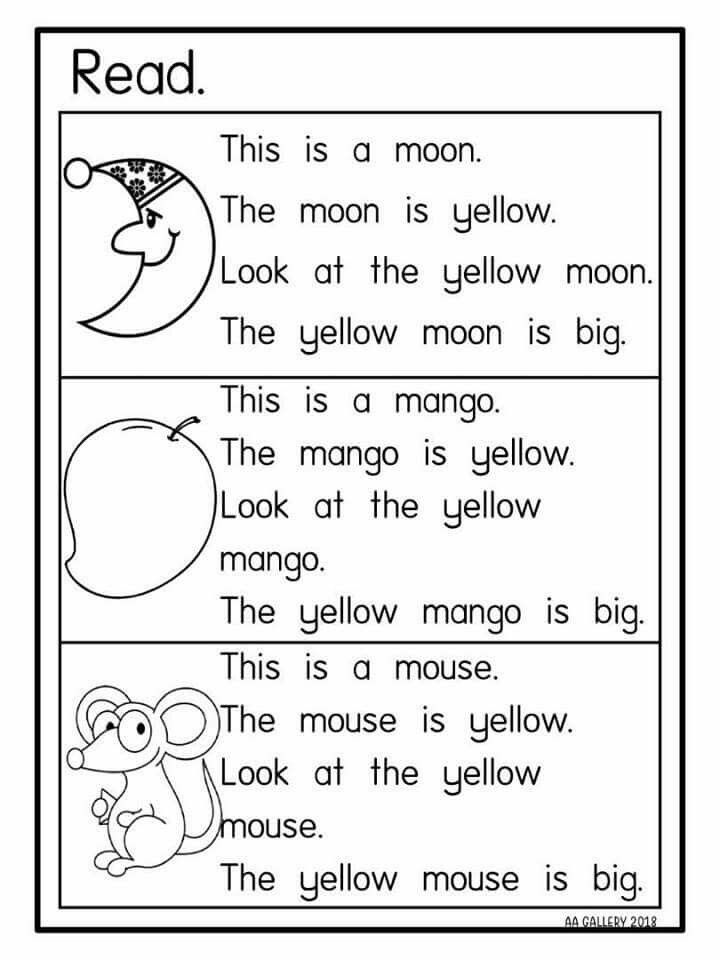 This program will work regardless of your past experience with reading.
This program will work regardless of your past experience with reading.What has happened is – and I have worked a lot with older students and adults. I have been a teacher, and I operated a reading clinic for many years where I worked exclusively with students with reading problems. And I had many students come to my reading clinic who had an entire history of difficulty in learning to read. And many of these students had entered into remedial reading programs as older students or adults and even then had failed to become good readers. And each time a person enters a reading program again and experiences defeat again, then that person’s belief in his inability to learn, unfortunately, enlarges.
And so what I want you to know is that regardless of your past experience with reading, if you go through this process that I am about to begin with you, step-by-step – it is very sequential. It is critical that you do not skip steps. And you start with Lesson 1, and you take the test at the end of each lesson, and once you demonstrate mastery in each lesson, you are allowed to go to the next lesson, if you follow the sequence through, you will, as I have said earlier, you will see profound improvement in your reading skills.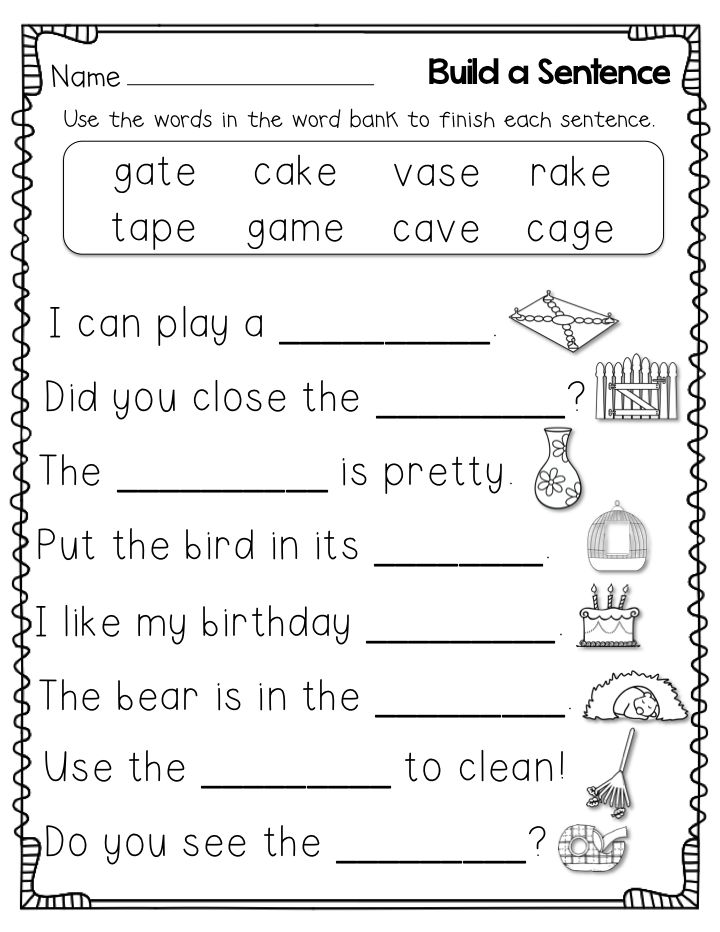
So with that in mind, we are going to begin by learning the consonant sounds. But before I begin with the consonant sounds, let me tell what the vowels are, and the vowels are a, e, i, o and u. We are going to get to all of the vowel sounds soon, but we want to begin with the consonant letters.
Now many of you already know your consonant sounds, and I realize that. But you have to understand my perspective. There are individuals that are beginning this program that have never had phonics instruction of any kind ever. And for these individuals they don’t even know consonant sounds. You might be in that group. And I want you to know if you are in that group there is absolutely no shame whatsoever to be in that situation. Because remember, if you don’t know this information, that means that when you were a young child, you were not taught that information. And you can hardly be held responsible for information that you were never taught to begin with.
So for those individuals who have no background in phonics, I am going to provide you with plenty of opportunity to learn the skills being presented with lots and lots of drill because phonics is a skill.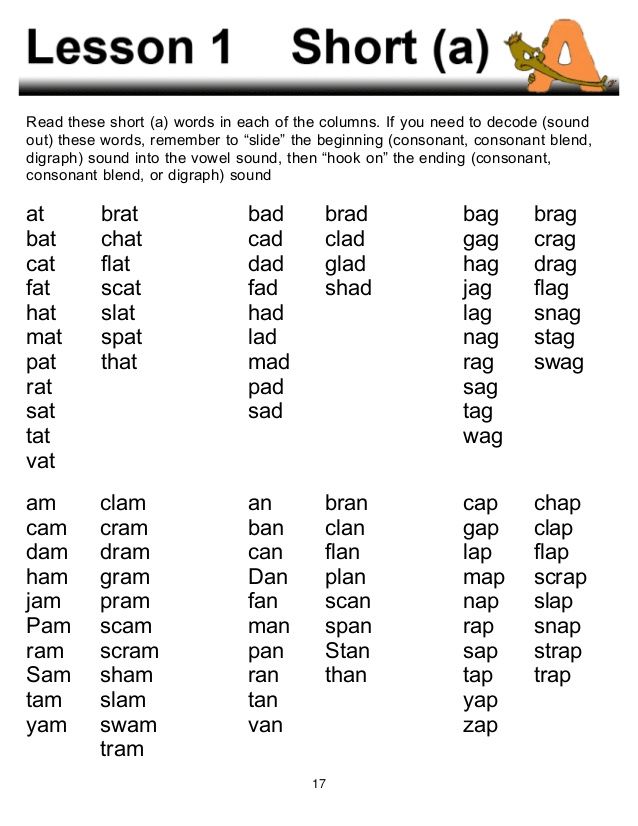 And as with any other skill, you must practice the skill in order to learn the skill. It is very much akin to learning to play a musical instrument or a sport. You have to go out if you are playing a sport and practice. If you are learning to play a musical instrument, you have to sit down and play the musical instrument. So there will be lots of repetition within every lesson within this program.
And as with any other skill, you must practice the skill in order to learn the skill. It is very much akin to learning to play a musical instrument or a sport. You have to go out if you are playing a sport and practice. If you are learning to play a musical instrument, you have to sit down and play the musical instrument. So there will be lots of repetition within every lesson within this program.
Now that is a great benefit and advantage to this program. However at the beginning of the program for some of you, that may prove to be what seems to be a disadvantage. Because some of you already know your consonant sounds. So the information at the beginning of the program may seem too elementary for you. And the worst thing you could possibly do is conclude then that this program is going to be too easy and therefore it is not suitable for you. Because, again, remember my position. I am presenting information for people that perhaps have never had this information before presented to them.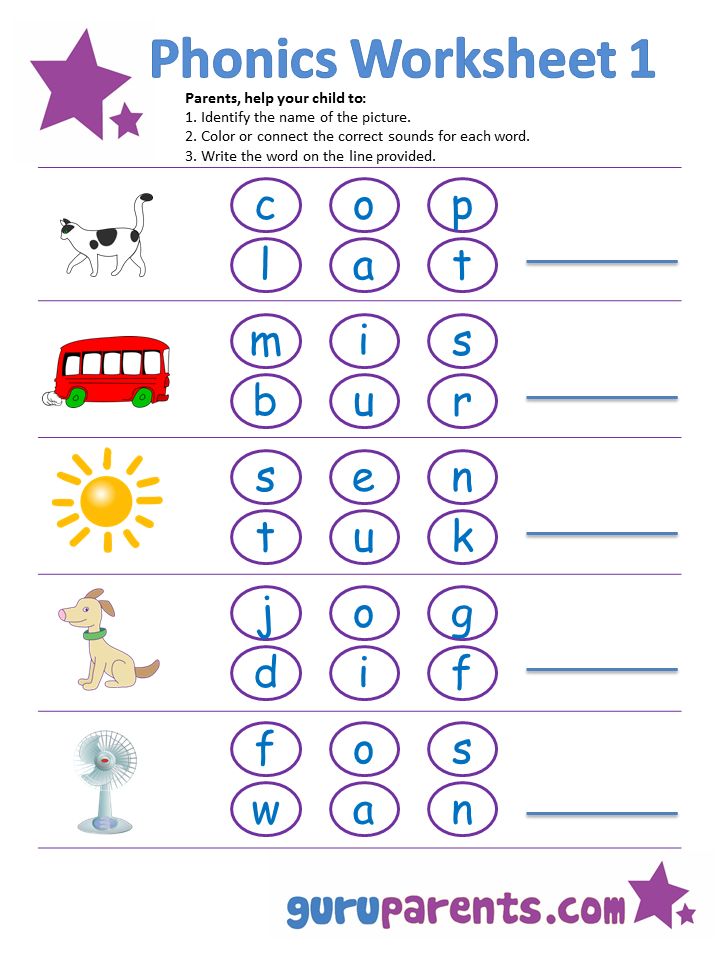 But for those of you who already know the information that is presented at the beginning of the program, stay with me.
But for those of you who already know the information that is presented at the beginning of the program, stay with me.
Because I promise you this program continues to deepen, and once we start with the consonant sounds, we are going to add the short vowel sounds, we are going to begin to add consonant blends, beginning consonant blends, ending consonant blends. We are then going to learn consonant teams, vowel teams, two-syllable words, three-syllable words, four, five and six syllable words. So the program just builds and builds and builds in terms of complexity.
But the key is you are never going to be presented with information that is too difficult for you. Because what we are going to do is climb a ladder. We are going to start at the very bottom rung of the ladder. But as we go further into the program, each rung of the ladder is going to take you that much higher off the ground. And if you stay with the entire program to the end, but the time we reach the end, you will be amazed at how high off the ground you actually have gotten.
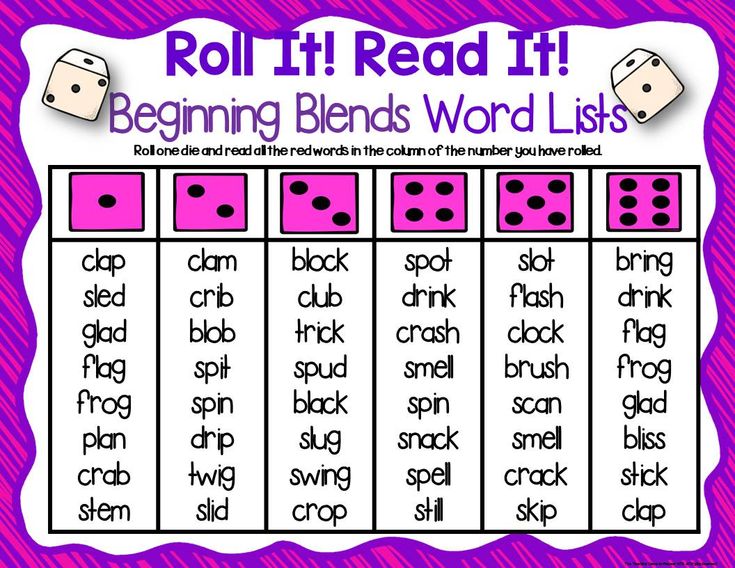
Continue to next page of Adult Literacy Section of this website.
Return to Adult Literacy Home Page.
English phonetics for beginners ∣ Enguide.ru
You need to know the correct sound in order to learn how to speak English correctly. The study of speech sounds is phonetics, which we will talk about in this article. And we will try to make the phonetics of the English language become understandable for you and not cause problems.
The study of any foreign language begins with the study of its alphabet. After that, it turns out that these letters sound and are used in words in different ways. So in English there are 26 letters, but as many as 48 sounds, which are indicated by these letters. The rules for pronunciation of sounds, letters and, accordingly, words are studied by the phonetics of the English language.
Phonetics is a branch of linguistics that studies the sounds of speech and the sound structure of a language (syllables, sound combinations, patterns of connecting sounds in a speech chain).
Theoretical phonetics of the English language explores the close relationship between oral, internal and written speech. But phonetics as a whole explores not only the language function, but also the material side of its object: the work of the pronunciation apparatus, as well as the acoustic characteristics of sound phenomena and their perception by native speakers. This is the practical phonetics of the English language. It is not by chance that we mention the theoretical and practical components. The thing is, sounds as intangible phenomena are those elements of the language system that allow you to translate words and sentences into a material sound form. Otherwise, oral communication would be impossible. That is the importance of English phonetics and that is why we have devoted a separate article to it.
English phonetics for beginners
In one of the recent articles on the rules of reading in English, we talked about how to pronounce English sounds and the syllables in which they are used, and presented them in tables with pronunciation - transcription.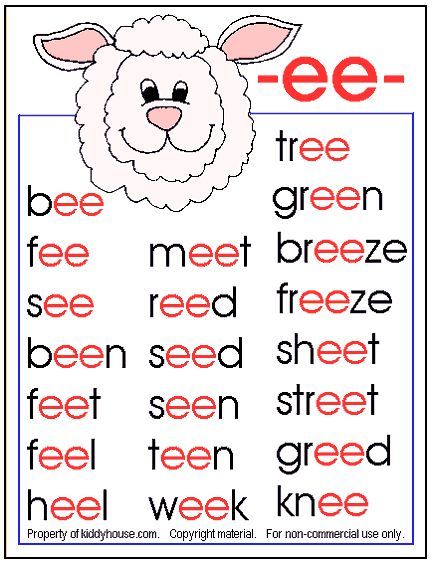 Then they found out that transcription is a very convenient tool for understanding how English sounds.
Then they found out that transcription is a very convenient tool for understanding how English sounds.
Transcriptions are special characters that indicate how to pronounce speech sounds. Transcription helps to understand the difference between spelling and pronunciation in English.
As we said, there are 48 sounds in the English language. This means that 48 signs of English transcription have been created - one sign for each sound:
| Vowels. 6 letters: a, e, i, o, u, y | |||
| [i:] eat | [ei] lake | [ i ] it | [ai] like |
| [ e ] pen | [au] house | [æ] bad | [ɔi] boy |
| [ a: ] art | [ou] home | [ɔ] box | [iə] ear |
| [ʌ] cup | [ɛə] air | [u] cook | [uə] poor |
| [u:] school | [juə] Europe | [ju:] tune | [aiə] fire |
| [ə:] girl | [auə] hour | [ə] paper | [ɔ:] all |
| Consonants. | |||
| [ f ] five | [d] do | [ v ] very | [ k ] key |
| [θ] thick | [g] gas | [ð] this | [tʃ]chin |
| [s] so | [dʒ] Jim | [z] zoo | [ m ] mother |
| [ʃ] ship | [ n ] no | [ʒ] pleasure | [ŋ] long |
| [ h ] horse | [ l ] less | [p] park | [r] river |
| [ b ] book | [j] yellow | [ t ] tea | [ w ] white |
Each letter sounds in a certain way, but sometimes two letters at once denote one sound, as can be seen in the tables.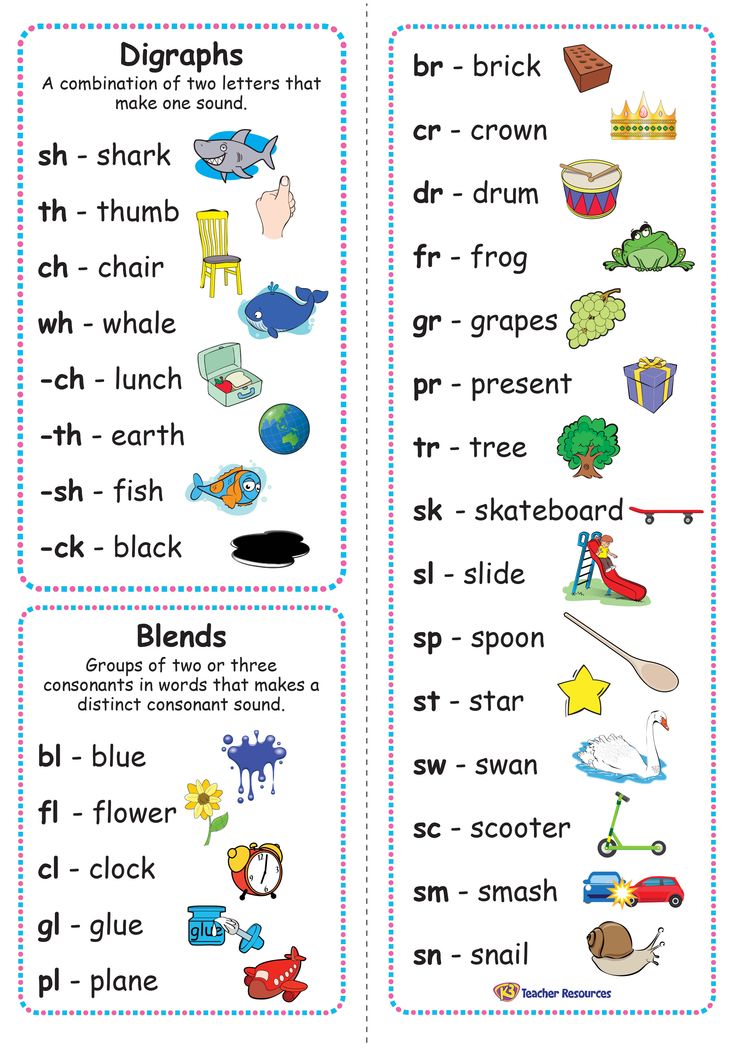 This combination of letters is called a digraph. Examples of digraphs:
This combination of letters is called a digraph. Examples of digraphs:
- gh [g] - ghost [gəʋst]
- ph [f] – photo [‘foutou]
- sh [ʃ] – shine [ʃaɪn]
- th [ð], [θ] – think [θɪŋk]
- ch [tʃ] - chess [tʃes].
A vowel sound that smoothly passes from one to another is a diphthong. Examples of diphthongs:
- ea – bread [bred]
- i.e. friend [friend]
- ai – again [əˈɡen]
- au - autumn [ˈɔːtəm].
It is important to consider that the number of letters and sounds in a word may vary. For example, the word “help” has 4 letters and 4 sounds [help], and the word “six” has three letters, but 4 sounds [sɪks].
Practical phonetics of the English language
In the article about English pronunciation training, we mentioned the inseparable connection between English phonetics and anatomy. Phonetics exercises are designed specifically to turn theoretical knowledge into the skills of correct English pronunciation of words and sentences.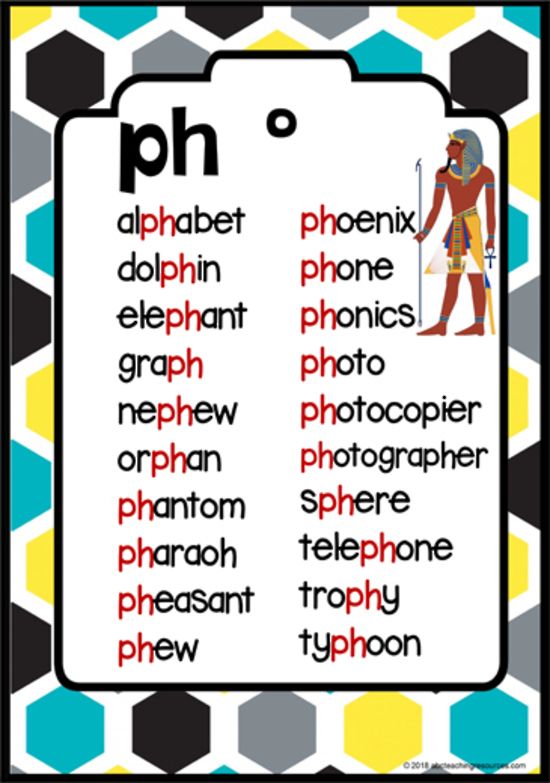 In addition, the practical phonetics of the English language helps to hear and understand the speech of its native speakers.
In addition, the practical phonetics of the English language helps to hear and understand the speech of its native speakers.
We also advise you to pay attention to English courses for beginners.
In practice, we all feel how, during the pronunciation of sounds, the air encounters barriers formed by our tongue, lips, teeth, and even alveoli. Depending on this, two types of consonants are distinguished: deaf and voiced:
| Voiced consonants (the vocal cords are close and tense, and the exhaled air makes them fluctuate): | Voiceless consonants (the glottis is open and the exhaled air passes silently through the larynx): |
| [ b ] [v] [g] [d] [ʒ] [z] [l] [m] [n] [r] [dʒ] - [ð] | [k] [p] [s] [t] [f] [h] [tʃ] [ʃ] [θ] |
But these are not all options. A more detailed classification distinguishes consonant sounds in English according to those specific barriers that the air meets:
A more detailed classification distinguishes consonant sounds in English according to those specific barriers that the air meets:
- Stop consonants . The organs of speech close in such a way that they completely block the passage for air: [p, b, t, d, k, g].
- Nasal consonants . Air passes out through the nasal cavity: [n, m, ŋ].
- Slotted consonants . The organs of speech do not close completely and a narrow passage remains - a gap for air: [θ, ð, ʃ, ʒ, s, z, h, f, v, w, r, j, l].
- Stop-fricative consonants . The barrier opens slowly and at the same time passes into the gap: [tʃ, dʒ].
- Labio-labial consonants . The lower lip approaches the upper one: [f, v].
- Interdental consonants . The tip of the tongue is between the lower and upper front teeth: [θ, ð].
- Alveolar consonants . The tip of the tongue touches or rises to the alveoli: [t, d, l, s, z].
As for vowels, they are also not the same. They are affected by different positions of the tongue relative to the palate:
They are affected by different positions of the tongue relative to the palate:
- Front vowels. The tip of the tongue rests against the base of the lower teeth, and the back of the tongue comes quite close to the palate: [ i: ].
- Back vowels. The tongue is pulled back and the tip of the tongue is lowered, and the back of the tongue is raised to the soft palate: [a:].
At first glance, this classification may seem difficult, but believe me, in practice you will feel and immediately understand what's what. And understanding the origin of the sound will help pronounce it correctly. Well, for children, it is desirable to combine the study of English phonetics with the game. For example, as in this phonetics exercise:
Exercises in English phonetics
To practice English pronunciation, it is also necessary to take into account stress - that is, the selection of one or more syllables in a word.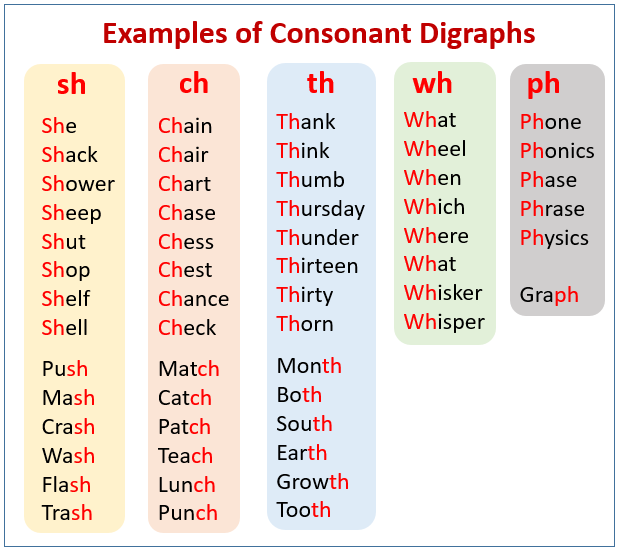 The stressed syllable is pronounced more vigorously, with greater tension of the organs of speech. Stress helps to distinguish words and understand their meaning both in themselves and in context. For example:
The stressed syllable is pronounced more vigorously, with greater tension of the organs of speech. Stress helps to distinguish words and understand their meaning both in themselves and in context. For example:
- to ex`port (verb “to export”)
- ` export (noun “export”).
The second important aspect of the pronunciation of phrases and sentences is intonation . Through intonation, we understand or “explain” whether a sentence is a narrative, a question, a request, or an exclamation.
The simplest exercise in English phonetics is done at the Beginner (Elementary) level:
- Write your name in English.
- Now spell your name.
- Do the same with three to five more names (you can think of friends, family members and/or classmates).
You can practice English phonetics like this:
- Spell the words: Yes, Last, Key, Yellow, Funny, Girl, Toy, Now, Sleep, Drama, Kiss, King.
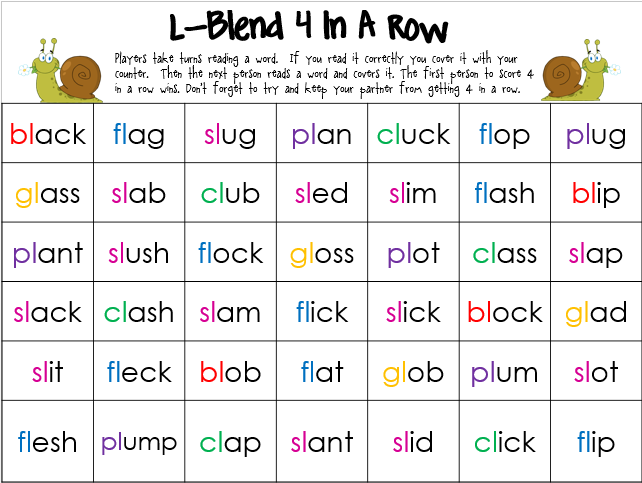
- Say the words according to the transcription: Yes [jes], Last [la:st], Key [ki:], Yellow, Funny, Girl [gз:l], Toy [tɔi], Now [nau], Sleep [sli:p ], Drama ['dra:mə], Kiss [kis], King [kiŋ]
But we advise you not to forget about additional resources for learning English, such as channels and blogs. With them, the development of English phonetics will be simpler, more entertaining and more effective.
Pronunciation of the English sound [ ʌ ]
- Home
- Pronunciation
The sound [ ʌ ] is a short, unstressed vowel. When pronouncing [ ʌ ], the mouth is half open, the lips are neutral. The tongue is slightly retracted from the base of the lower teeth. If we pronounce the Russian sound [ a ], then we significantly move the tongue away from the teeth, and do not stretch the lips. The sound [ ʌ ] is similar to the Russian unstressed sound [ a ] in the word "osa".
The sound [ ʌ ] is similar to the Russian unstressed sound [ a ] in the word "osa".
Compare:
| "mach" - much - a lot |
| "buck" - buck - buck |
| "pan" - pun - pun |
| "himself" - some - a few |
| "cap" - cup - cup |
Other examples of English words with sounds [ ʌ ]:
| but [ bʌt ] - but | come [ kʌm ] - come |
| love [ lʌv ] - love | country [ kʌntri ] - country |
| dull [ dʌl ] - dull | us [ ʌs ] - us |
| gun [ gʌn ] - gun | ugly [ ʌgli ] - ugly |
| summer [ sʌmə ] - summer | study [ stʌdi ] - study |
In the letter , the sound [ ʌ ] is transmitted:
- letter u if it is followed by one or more consonants: but, dull, just, gun, under.
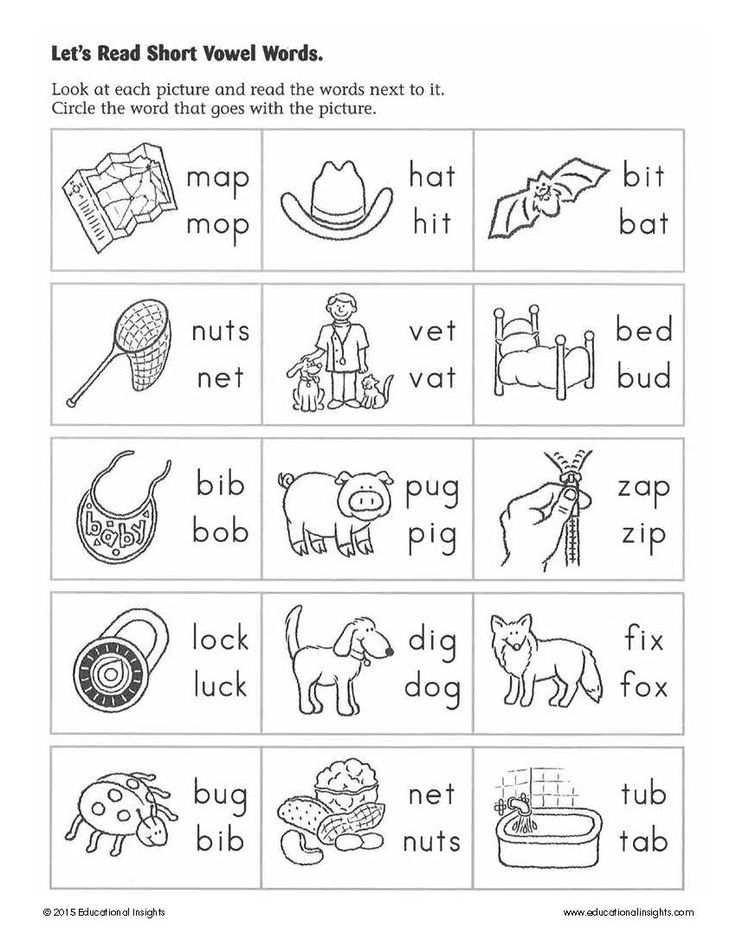
Learn more

 21 letters: b, c, d, f, g, h, j, k, l, m, n, p, q, r, s, t, v, w, x, y, z
21 letters: b, c, d, f, g, h, j, k, l, m, n, p, q, r, s, t, v, w, x, y, z 